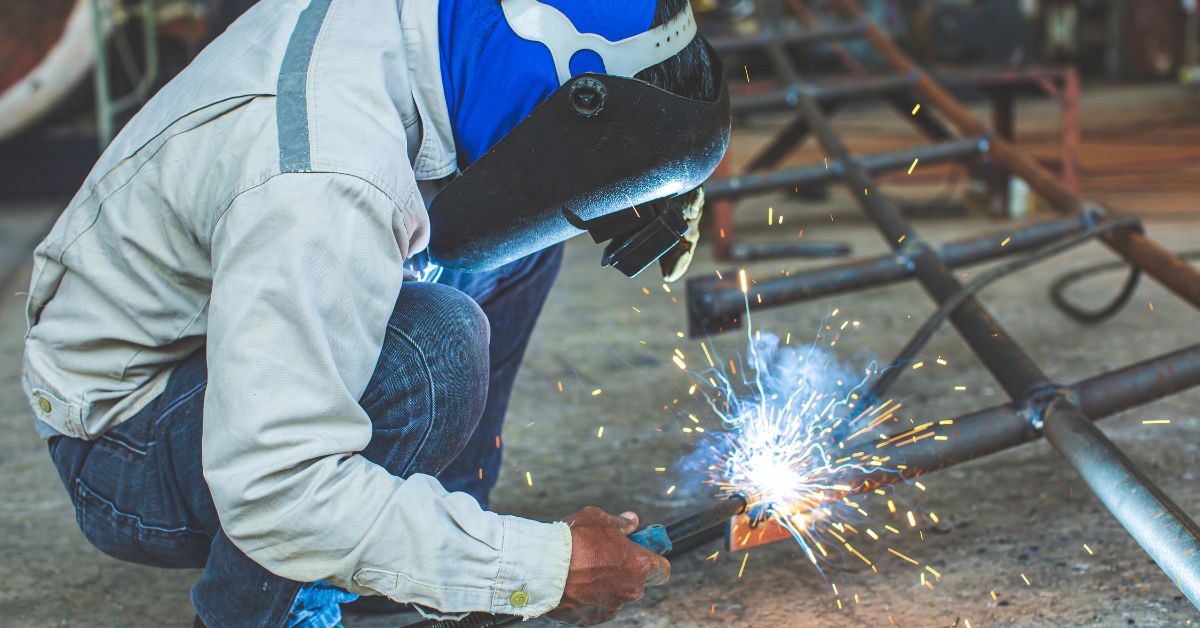Metal fabrication is a testament to the harmonious marriage of artistry and engineering, where raw materials are transformed into functional masterpieces. This intricate process involves manipulating and shaping various metals to create structures and components for numerous applications, ranging from industrial machinery to artistic sculptures. The fusion of creativity and precision within metal fabrication showcases the versatility and adaptability of this age-old craft.
At its core, metal fabrication is a comprehensive term encompassing many processes, each contributing to transforming metal sheets, bars, and tubes into finished products. Cutting, welding, bending, and assembling are fundamental techniques. Advanced technologies, such as CNC (Computer Numerical Control) machining and laser cutting, have elevated the precision and efficiency of metal fabrication processes, allowing for the creation of intricate designs and complex structures.
One of the critical stages in metal fabrication is cutting. Whether it be plasma cutting, laser cutting, or traditional methods like shearing or sawing, precise cutting is the foundation for creating components of the desired shape and size. The advent of computer-controlled cutting technologies has revolutionized this stage, enabling fabricators to achieve unparalleled accuracy and repeatability.
Welding, another indispensable facet of metal fabrication, involves the fusion of metal pieces to form a strong and durable joint. Skilled welders utilize various techniques, such as MIG (Metal Inert Gas), TIG (Tungsten Inert Gas), and stick welding, to achieve optimal results. The quality of welds is crucial, as it directly impacts the structural integrity and longevity of the fabricated product.
Bending, on the other hand, allows fabricators to shape metal components into curves, angles, and contours. Press brakes and roll forming machines are commonly used in this process, providing precision and control over the bending angles and radii. This step is essential in creating components that fit seamlessly into larger assemblies or structures.
Assembly is the final stage where individual components are joined to form the complete product. This involves meticulous attention to detail, ensuring that all parts align correctly and function as intended. The assembly process may involve additional techniques such as riveting, bolting, or adhesive bonding, depending on the specific requirements of the project.
Metal fabrication extends beyond the realm of functionality and finds expression in artistic endeavors. Sculptors and artists often leverage the malleability of metals to craft intricate and visually stunning pieces. From abstract sculptures to functional art installations, the marriage of metal and creativity results in pieces that captivate the imagination and push the boundaries of conventional design.
In conclusion, metal fabrication is a dynamic and evolving field that seamlessly integrates precision engineering with artistic expression. The skilled artisans and engineers behind metal fabrication translate raw materials into products that fuel industries, support infrastructure, and inspire awe. As technology continues to advance, the future of metal fabrication promises even greater possibilities, pushing the boundaries of what can be achieved with this fascinating blend of craftsmanship and innovation.

